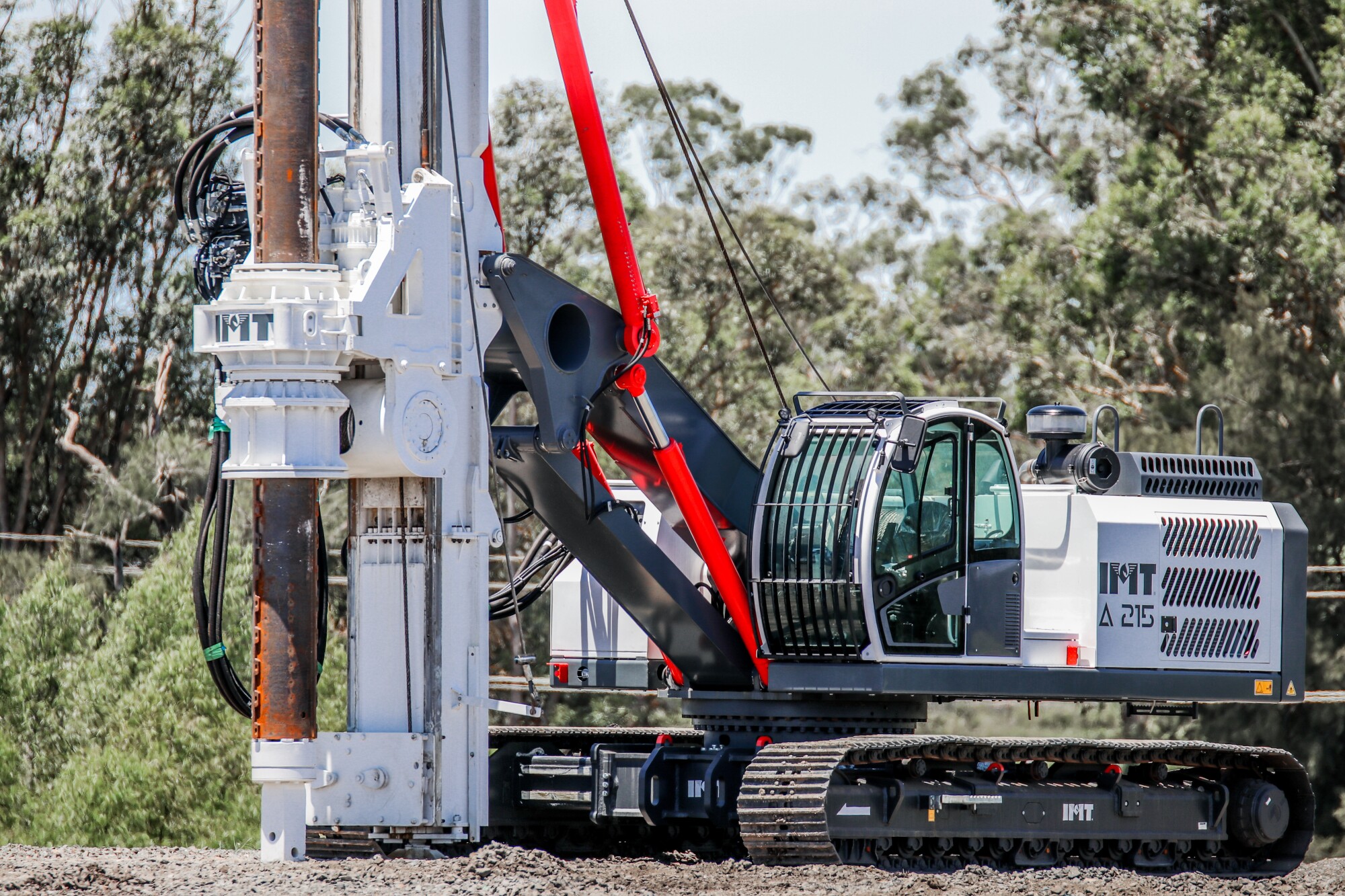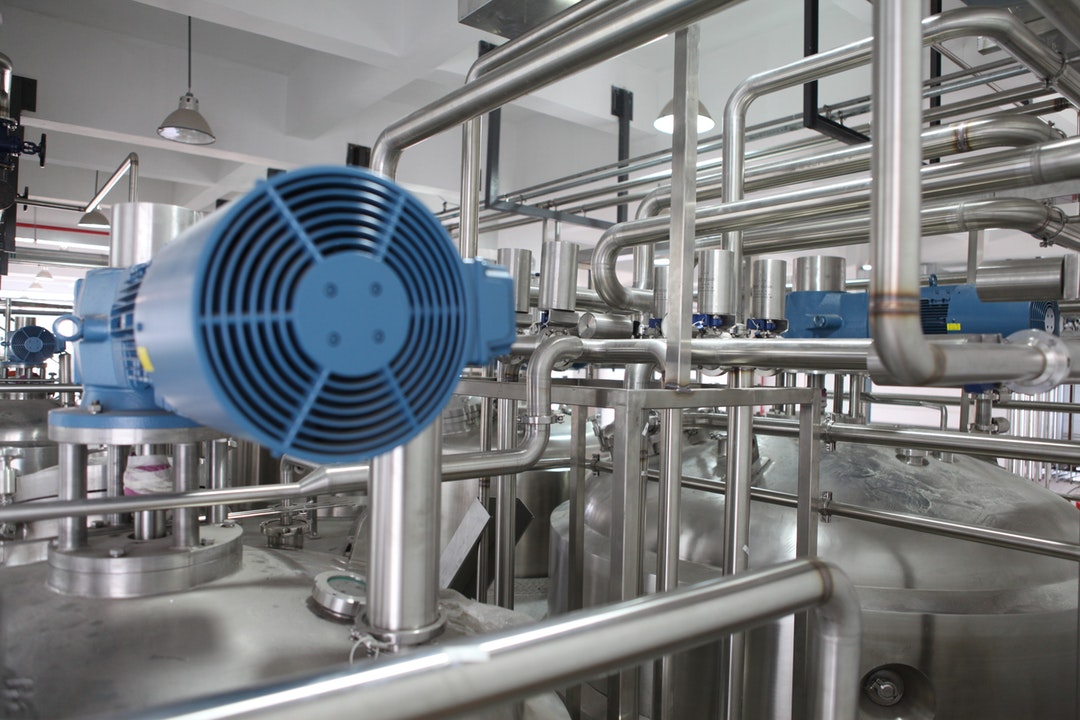Workplace spills are something that can easily derail your productivity, and lead to safety issues for your workers and the environment. To avoid this from happening, and remain compliant in the eyes of the Australian law, you must provide spill solutions for any possible risks you foresee to happen.
One way to contain a spill is by using bunding. Bunding is a measure in place that catches any spill runoff that may occur and prevents it from leaking into waterways and harming the environment, or your workers.
Temporary or Permanent Bunding
When your workplace needs bunding, the first thing you want to consider is if you need temporary or permanent bunding. Usually, you would choose permanent bunding when you want to leave the barrier in place for a long time, for example, if there are forklifts moving liquids around. You would use temporary bunding when you need a quick response, such as when you see a spill, you can place a bund down before the spill grows. Most workplaces require a mix of the two, depending on their risk factors.
Types of Bunding
When you look into bunding, these are the types of bunding you’re likely to see available.
Drive Over Compressible Bunding
These are bunding solutions that compress down as vehicles pass over them and then spring back up again to retain their shape. These are permanent bunding systems often used in high-traffic systems and are made to be weather resistant and are appropriate for indoor and outdoor use.
Drive Over Solid Bunding
These are similar to the above bunds in that they are easily visible, permanent and can be used indoors and outdoors, except for one thing. Instead of being compressible, they are solid and look similar to a small speed hump you may see while driving. These are considered more long-lasting and heavy-duty than the compressible option.
Portable Bund Systems
Portable bunds can be used temporarily and permanently and are lightweight, easy to manoeuvre and easy to set up. This means they can easily be moved around to cover drums in storage or prevent leaks in palettes or containers. These are a great option for drivers on the go, or to go inside factories where hazardous liquids are stored.
Wash Containment Bunds
Portable wash containment pads are made to be set up in just a few minutes and are designed to be driven into. They are also made to withstand water and water pressure and collect runoff from whatever item is being washed, whether it be a vehicle or storage item. They are easily stored, and easy to empty also.
Keep The Following in Mind:
Know When You Need Bunding
Your business will need to conduct a risk assessment to understand the need for bunding, and this comes down to factors such as:
- The types of liquids handled, stored and used.
- The amounts of the liquids in question.
- How long these liquids are kept in storage.
Beyond this, you should look into environmental and worker risks also, and protect drains, etc.
Train Staff Correctly
Installing a bund is just one step in the process. Employees should still know how to use bunding correctly, and how to use spill kits alongside the bunding. On top of this, they should be trained in maintaining the anti-spill measures in place such as checking storage valves, hoses and the like, for obstructions and leaks.
Choose The Right Supplier
If you need expert help, contact Spill Station to get the peace of mind of knowing that your workplace has all the correct bunding solutions in place to protect you, the environment and your workers from spills that may occur.
Contact them today and get started!












